Home>Gardening & Outdoor>Landscaping Ideas>How To Clean Turf Grass
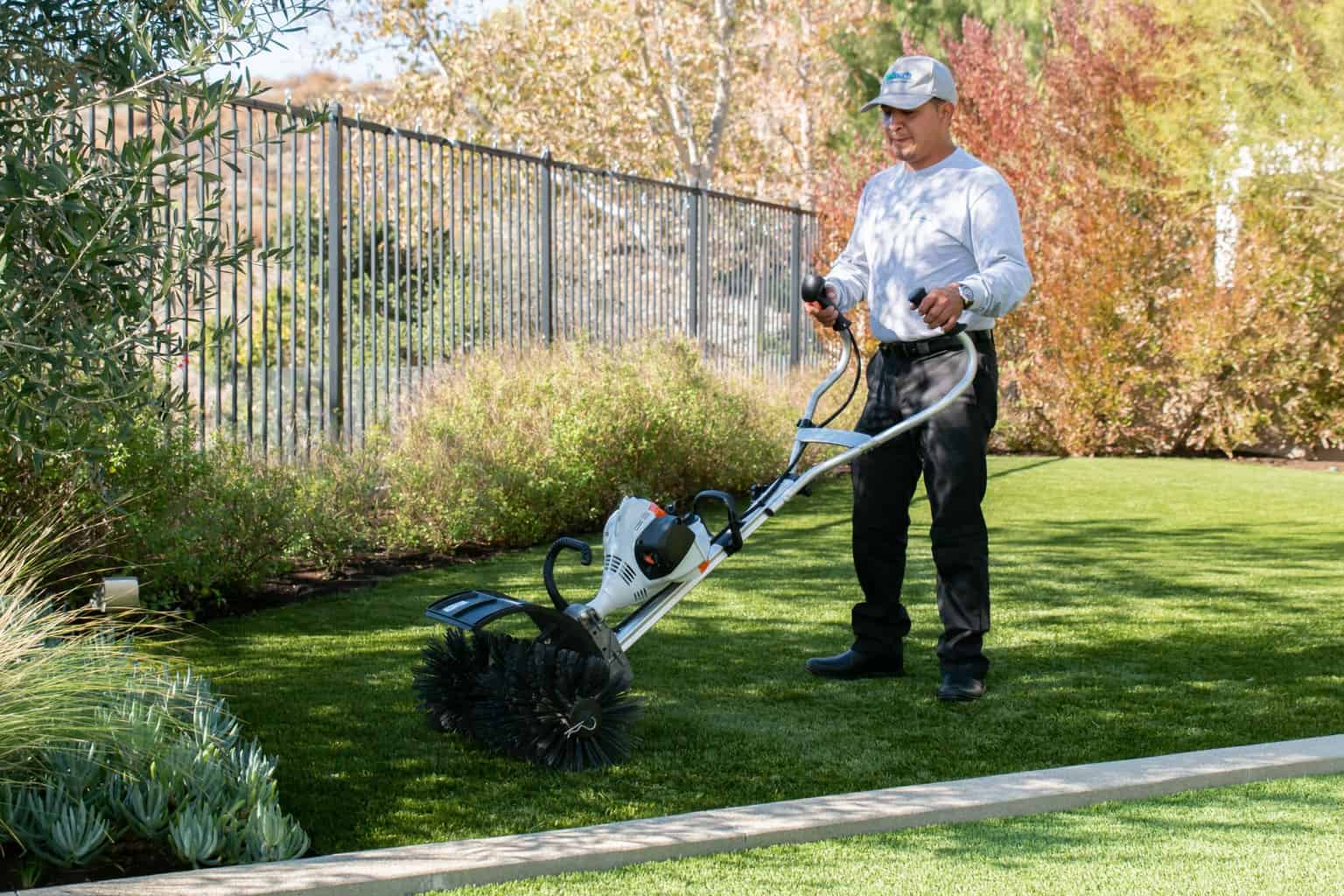

Landscaping Ideas
How To Clean Turf Grass
Modified: March 24, 2024
Learn effective landscaping ideas for cleaning turf grass and maintaining a pristine outdoor space. Discover expert tips for a lush, vibrant lawn.
(Many of the links in this article redirect to a specific reviewed product. Your purchase of these products through affiliate links helps to generate commission for Storables.com, at no extra cost. Learn more)
Introduction
Maintaining a pristine and inviting outdoor space often involves caring for turf grass, which can elevate the aesthetic appeal of any landscape. However, over time, turf grass may accumulate dirt, dust, and other forms of debris, detracting from its natural allure. To restore its vibrancy and cleanliness, it's essential to know how to effectively clean turf grass. By following a few simple steps and utilizing the right tools and materials, you can revitalize your turf grass and enhance the overall beauty of your outdoor environment.
A clean and well-maintained turf not only enhances the visual appeal of your property but also provides a safe and enjoyable space for various activities. Whether it's a backyard gathering, a play area for children, or a spot for relaxation, a clean turf sets the stage for countless memorable moments. Additionally, regular cleaning helps to prolong the lifespan of the turf, ensuring that it remains lush and vibrant for years to come.
In this comprehensive guide, we will walk through the step-by-step process of cleaning turf grass, providing valuable insights and practical tips to achieve optimal results. From removing debris to applying a cleaning solution and allowing the turf to dry, each step plays a crucial role in restoring the turf to its pristine condition. By understanding and implementing these techniques, you can take proactive measures to preserve the beauty and functionality of your outdoor space.
Now, let's delve into the essential tools and materials required to embark on this revitalizing journey for your turf grass.
Key Takeaways:
- Regularly cleaning turf grass with mild soap and water, a soft brush, and thorough rinsing helps maintain its beauty and prolong its lifespan, creating a safe and enjoyable outdoor space for various activities.
- After cleaning, allowing the turf to air dry naturally in the sunlight ensures a pristine and inviting outdoor environment, ready for countless memorable moments and activities.
Read more: How To Clean Astro Turf
Tools and Materials Needed
Before embarking on the process of cleaning turf grass, it's essential to gather the necessary tools and materials to ensure a thorough and effective cleaning process. Here's a comprehensive list of items you'll need:
Tools:
-
Rake: A sturdy rake is essential for removing leaves, twigs, and other larger debris from the turf. It helps to loosen and lift the debris, preparing the turf for a more thorough cleaning process.
-
Hose or Pressure Washer: A reliable hose with a spray attachment or a pressure washer is crucial for rinsing the turf and removing loose dirt and grime. The water pressure aids in dislodging embedded debris and revitalizing the turf's appearance.
-
Soft Bristle Brush or Broom: A soft bristle brush or broom is ideal for scrubbing the turf during the cleaning process. It helps to agitate the cleaning solution and dislodge any stubborn stains or dirt particles.
-
Bucket or Sprayer: Depending on the cleaning solution used, a bucket for mixing the solution or a sprayer for applying it evenly across the turf may be required.
-
Squeegee or Towels: To remove excess water after rinsing the turf, a squeegee or absorbent towels are essential for achieving a thorough drying process.
Materials:
-
Water: An ample water supply is necessary for rinsing the turf and diluting the cleaning solution. Ensure access to a reliable water source before initiating the cleaning process.
-
Mild Cleaning Solution: Select a mild cleaning solution suitable for artificial turf, such as a mixture of water and mild soap or a specialized turf cleaner. Avoid harsh chemicals that may damage the turf fibers.
-
Optional: Vinegar Solution: For natural and eco-friendly cleaning, a solution of water and vinegar can be used to remove odors and disinfect the turf.
-
Optional: Turf Deodorizer: To eliminate pet odors or other persistent smells, a turf deodorizer can be applied after cleaning to maintain a fresh and pleasant scent.
By ensuring that you have these tools and materials on hand, you can proceed with confidence, knowing that you are well-equipped to undertake the task of cleaning your turf grass effectively. Each item serves a specific purpose in the cleaning process, contributing to the overall success of revitalizing your turf and restoring its natural beauty.
Step 1: Remove Debris
The first crucial step in cleaning turf grass is to remove any accumulated debris that may have settled on the surface. Debris such as leaves, twigs, and loose dirt not only detract from the turf's appearance but can also harbor moisture and create an environment conducive to the growth of mold and mildew. By diligently clearing the turf of these elements, you pave the way for a more thorough cleaning process and contribute to the overall health and longevity of the turf.
To begin, equip yourself with a sturdy rake specifically designed for turf maintenance. Using the rake, gently comb through the turf, loosening and lifting any visible debris. Take care to work in different directions, ensuring that all areas of the turf are thoroughly addressed. By employing a systematic approach, you can effectively dislodge and gather the debris, preparing the turf for the subsequent cleaning steps.
In addition to the rake, consider using a specialized turf comb or brush to target hard-to-reach areas and dislodge embedded debris. This meticulous approach ensures that no debris is overlooked, setting the stage for a more comprehensive cleaning process.
As you remove the debris, take note of any areas that may require additional attention, such as heavily soiled spots or sections with compacted debris. By identifying these areas early in the process, you can tailor your cleaning approach to address specific challenges effectively.
By diligently removing debris in this initial step, you set the foundation for a successful turf cleaning endeavor. The thorough removal of debris not only enhances the visual appeal of the turf but also creates a clean and inviting surface for the subsequent cleaning steps. With the turf cleared of debris, you are ready to proceed to the next step, which involves rinsing the turf to further prepare it for the cleaning process.
Read more: How To Clean Turf Grass For Dogs
Step 2: Rinse the Turf
After effectively removing debris from the turf, the next pivotal step in the cleaning process involves thoroughly rinsing the turf to dislodge embedded dirt, dust, and other surface contaminants. Rinsing the turf not only revitalizes its appearance but also creates a clean canvas for the subsequent cleaning procedures.
To commence the rinsing process, equip yourself with a reliable hose fitted with a spray attachment or a pressure washer, depending on the available resources. Position the spray nozzle at a moderate setting to ensure effective cleaning without causing damage to the turf fibers. Begin by systematically spraying the turf, starting from one end and working your way across the entire surface. The consistent flow of water aids in dislodging loose dirt and grime, which may have accumulated over time.
As you rinse the turf, pay particular attention to areas with higher foot traffic or spots where debris was concentrated during the initial debris removal step. By focusing on these areas, you can ensure a more thorough cleaning process, effectively restoring the turf's vibrancy and cleanliness.
In cases where stubborn stains or localized soiling are present, consider adjusting the water pressure to a slightly higher setting to target these specific areas. The increased pressure can help dislodge embedded particles and revitalize the affected areas, contributing to a more uniform and rejuvenated turf surface.
Throughout the rinsing process, maintain a steady and methodical approach, ensuring that all sections of the turf receive equal attention. By systematically covering the entire surface, you can guarantee a comprehensive cleaning outcome, setting the stage for the subsequent steps in the cleaning process.
As the turf is rinsed, observe the water runoff to gauge the effectiveness of the cleaning process. Clear, unobstructed runoff indicates successful removal of surface contaminants, while discolored or murky runoff may signal the presence of lingering dirt and grime. In such instances, consider revisiting specific areas to ensure thorough cleaning and optimal results.
By diligently rinsing the turf in this step, you prepare the surface for the application of a cleaning solution, which plays a pivotal role in eliminating deeper-seated stains and odors. With the turf effectively rinsed, you are ready to proceed to the next phase of the cleaning process, where the application of a cleaning solution will further enhance the turf's cleanliness and visual appeal.
Step 3: Apply Cleaning Solution
With the turf effectively rinsed and prepared for the next phase of the cleaning process, the application of a suitable cleaning solution becomes instrumental in addressing deeper-seated stains, odors, and microbial growth. The careful selection and application of a cleaning solution tailored to artificial turf ensure a thorough and effective cleaning outcome.
Before applying the cleaning solution, it is essential to assess the specific cleaning needs of the turf. Factors such as the nature of stains, the presence of odors, and the overall condition of the turf guide the selection of an appropriate cleaning solution. Opt for a mild and turf-friendly cleaning solution, such as a mixture of water and mild soap or a specialized artificial turf cleaner. Avoid harsh chemicals that may compromise the integrity of the turf fibers or pose risks to the surrounding environment.
Once the suitable cleaning solution is identified, prepare it according to the manufacturer's instructions or the recommended dilution ratios. If using a concentrated cleaner, dilute it in a bucket of water, ensuring a well-balanced solution that effectively addresses cleaning needs without causing damage to the turf.
With the cleaning solution prepared, proceed to apply it evenly across the turf surface. Depending on the size of the area and the nature of the cleaning solution, a sprayer or a watering can may be used for uniform application. Begin at one end of the turf and work methodically to cover the entire surface, ensuring that the cleaning solution reaches all areas in need of cleaning.
In cases where specific stains or soiled areas require targeted treatment, consider applying the cleaning solution directly to these areas. Use a soft bristle brush or a specialized turf brush to gently agitate the solution, effectively targeting and loosening stubborn stains or debris. This meticulous approach ensures that even the most challenging areas receive the necessary attention, contributing to a more comprehensive cleaning outcome.
As the cleaning solution is applied, allow it to dwell on the turf surface for the recommended duration, facilitating the breakdown and removal of stains, odors, and microbial contaminants. The dwell time varies depending on the specific cleaning solution used and the severity of cleaning needs. Adhering to the recommended dwell time optimizes the effectiveness of the cleaning solution, ensuring a thorough and successful cleaning outcome.
By applying a suitable cleaning solution in this step, you address the deeper cleaning needs of the turf, effectively eliminating stains, odors, and microbial contaminants. The meticulous application and dwell time of the cleaning solution set the stage for the subsequent step, where the turf is scrubbed to further enhance its cleanliness and visual appeal.
Use a mild detergent and water to clean turf grass. Gently scrub the surface with a soft-bristled brush and rinse thoroughly with water. Avoid using harsh chemicals or abrasive tools to prevent damage to the turf.
Step 4: Scrub the Turf
After the application of the cleaning solution, the next pivotal step in the turf cleaning process involves gentle scrubbing to agitate the solution and dislodge any remaining stains, odors, or embedded debris. This meticulous scrubbing action further enhances the effectiveness of the cleaning solution, ensuring a thorough and comprehensive cleaning outcome.
To commence the scrubbing process, equip yourself with a soft bristle brush or a specialized turf brush designed for artificial turf maintenance. These brushes are specifically crafted to provide effective cleaning without causing damage to the turf fibers, ensuring a gentle yet thorough scrubbing action.
Begin at one end of the turf and work methodically, focusing on small sections at a time to ensure meticulous coverage. Gently agitate the turf fibers with the brush, paying particular attention to areas with visible stains or localized soiling. By employing a systematic and thorough approach, you can effectively dislodge embedded debris and address stubborn stains, contributing to a more uniform and rejuvenated turf surface.
In cases where persistent stains or odors are present, consider applying slightly more pressure while scrubbing these specific areas. The targeted approach helps to address localized cleaning needs, ensuring that even the most challenging areas receive the necessary attention for optimal cleaning results.
As you scrub the turf, periodically assess the effectiveness of the cleaning process, paying attention to areas that may require additional attention. By maintaining a keen eye for detail and addressing any remaining stains or soiling, you can ensure a comprehensive cleaning outcome that revitalizes the turf's appearance and cleanliness.
Throughout the scrubbing process, maintain a gentle yet thorough approach, avoiding excessive force that may damage the turf fibers. The goal is to effectively agitate the cleaning solution and dislodge any remaining contaminants, preparing the turf for the final rinsing and drying stages.
By diligently scrubbing the turf in this step, you enhance the effectiveness of the cleaning solution and address any remaining stains or odors, ensuring a revitalized and pristine turf surface. With the turf effectively scrubbed, you are ready to proceed to the next phase of the cleaning process, where the turf is rinsed again to remove any loosened debris and residual cleaning solution, setting the stage for the final step of allowing the turf to dry naturally.
Step 5: Rinse Again
Following the meticulous scrubbing of the turf to dislodge embedded debris and address any remaining stains or odors, the next crucial step in the cleaning process involves rinsing the turf once again. This additional rinsing stage serves to remove any loosened debris and residual cleaning solution, ensuring a thoroughly cleansed and revitalized turf surface.
To initiate the second rinsing process, equip yourself with a reliable hose fitted with a spray attachment or a pressure washer, depending on the available resources. Position the spray nozzle at a moderate setting to facilitate effective rinsing without causing damage to the turf fibers. Begin by systematically spraying the turf, starting from one end and working your way across the entire surface. The consistent flow of water aids in dislodging any remaining debris and residual cleaning solution, further enhancing the cleanliness and visual appeal of the turf.
As you rinse the turf for the second time, pay particular attention to areas that were targeted during the scrubbing process, ensuring that any loosened debris and residual cleaning solution are effectively removed. By focusing on these areas, you can guarantee a more thorough cleaning outcome, contributing to the overall revitalization of the turf surface.
In cases where specific stains or localized soiling were addressed during the scrubbing process, consider adjusting the water pressure to a slightly higher setting to target these areas once again. The increased pressure aids in dislodging any remaining contaminants, ensuring a more uniform and rejuvenated turf surface.
Throughout the second rinsing process, maintain a steady and methodical approach, ensuring that all sections of the turf receive equal attention. By systematically covering the entire surface, you can guarantee a comprehensive cleaning outcome, setting the stage for the final step of allowing the turf to dry naturally.
As the turf is rinsed for the second time, observe the water runoff to gauge the effectiveness of the cleaning process. Clear, unobstructed runoff indicates successful removal of residual debris and cleaning solution, ensuring a thoroughly cleansed turf surface. By diligently rinsing the turf once again in this step, you prepare the surface for the final phase of the cleaning process, where the turf is allowed to dry naturally, showcasing its revitalized beauty and cleanliness.
Read more: How To Clean Fake Turf In The Backyard
Step 6: Allow to Dry
After the thorough cleaning process, allowing the turf to dry naturally is the final step in revitalizing its appearance and ensuring a pristine, inviting outdoor space. The drying phase is essential for restoring the turf to its optimal condition, allowing it to regain its natural vibrancy and cleanliness.
To commence the drying process, it is crucial to ensure that the turf is free from excess water and moisture. Utilize a squeegee or absorbent towels to gently remove any remaining water from the turf surface, focusing on areas where water may have accumulated during the rinsing process. By effectively eliminating excess moisture, you facilitate a more efficient drying process, ensuring that the turf achieves a uniform and appealing appearance.
Once excess water is removed, allow the turf to air dry naturally, taking advantage of sunlight and airflow to expedite the drying process. Positioning the turf in an open, well-ventilated area promotes efficient drying, allowing the turf fibers to breathe and regain their natural resilience and texture. Additionally, exposure to sunlight aids in the evaporation of residual moisture, further enhancing the drying process and contributing to the overall cleanliness and freshness of the turf.
Throughout the drying phase, periodically assess the turf's progress, observing any remaining damp areas or localized moisture. By identifying and addressing these areas, you can ensure a thorough and uniform drying outcome, guaranteeing that the turf achieves its optimal cleanliness and visual appeal.
As the turf dries, take the opportunity to inspect the entire surface, ensuring that no residual debris or stains remain. Address any remaining cleaning needs promptly, ensuring that the turf is restored to its pristine condition before it is fully dried. This meticulous approach contributes to the overall success of the cleaning process, ensuring that the turf emerges revitalized and ready to enhance the beauty of the outdoor environment.
By allowing the turf to dry naturally in this final step, you complete the comprehensive cleaning process, culminating in a rejuvenated and inviting outdoor space. The natural drying process ensures that the turf regains its cleanliness and vibrancy, setting the stage for countless enjoyable moments and activities in the refreshed outdoor environment.
Frequently Asked Questions about How To Clean Turf Grass
Was this page helpful?
At Storables.com, we guarantee accurate and reliable information. Our content, validated by Expert Board Contributors, is crafted following stringent Editorial Policies. We're committed to providing you with well-researched, expert-backed insights for all your informational needs.
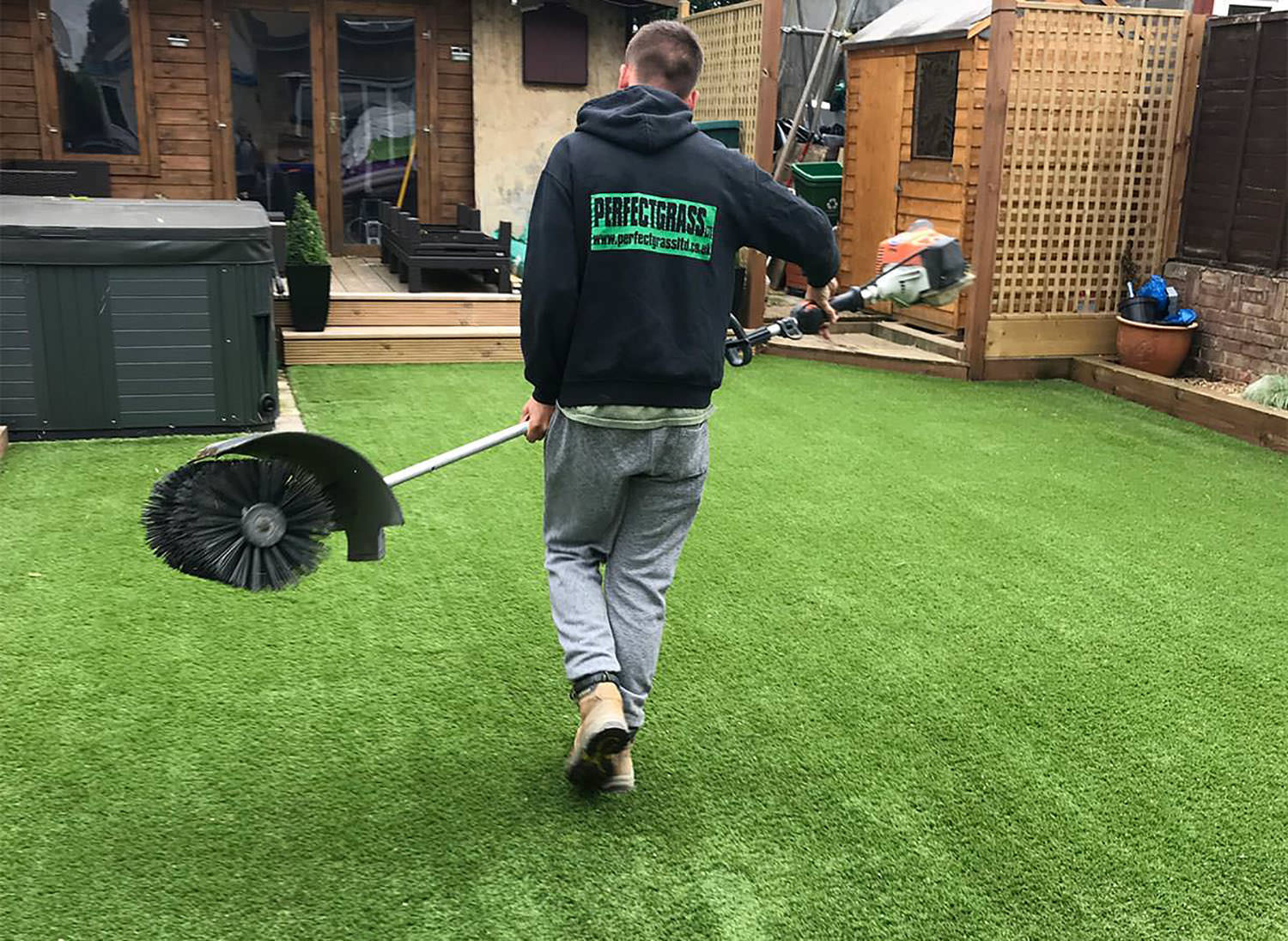


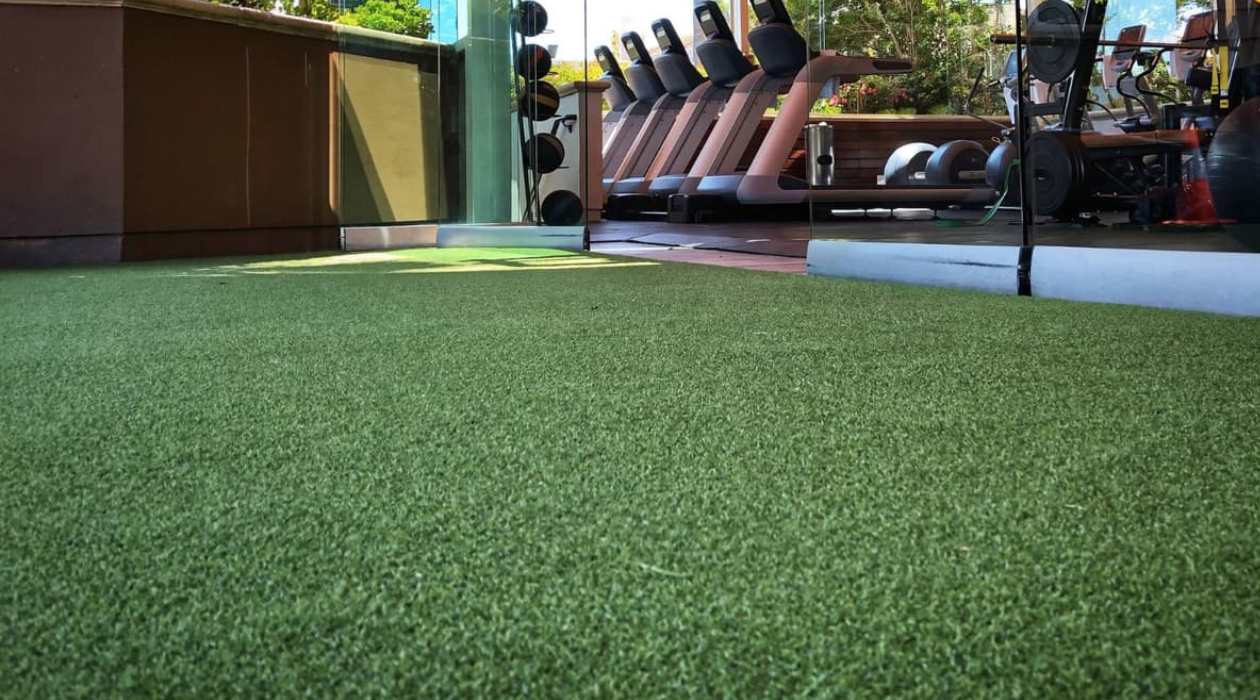
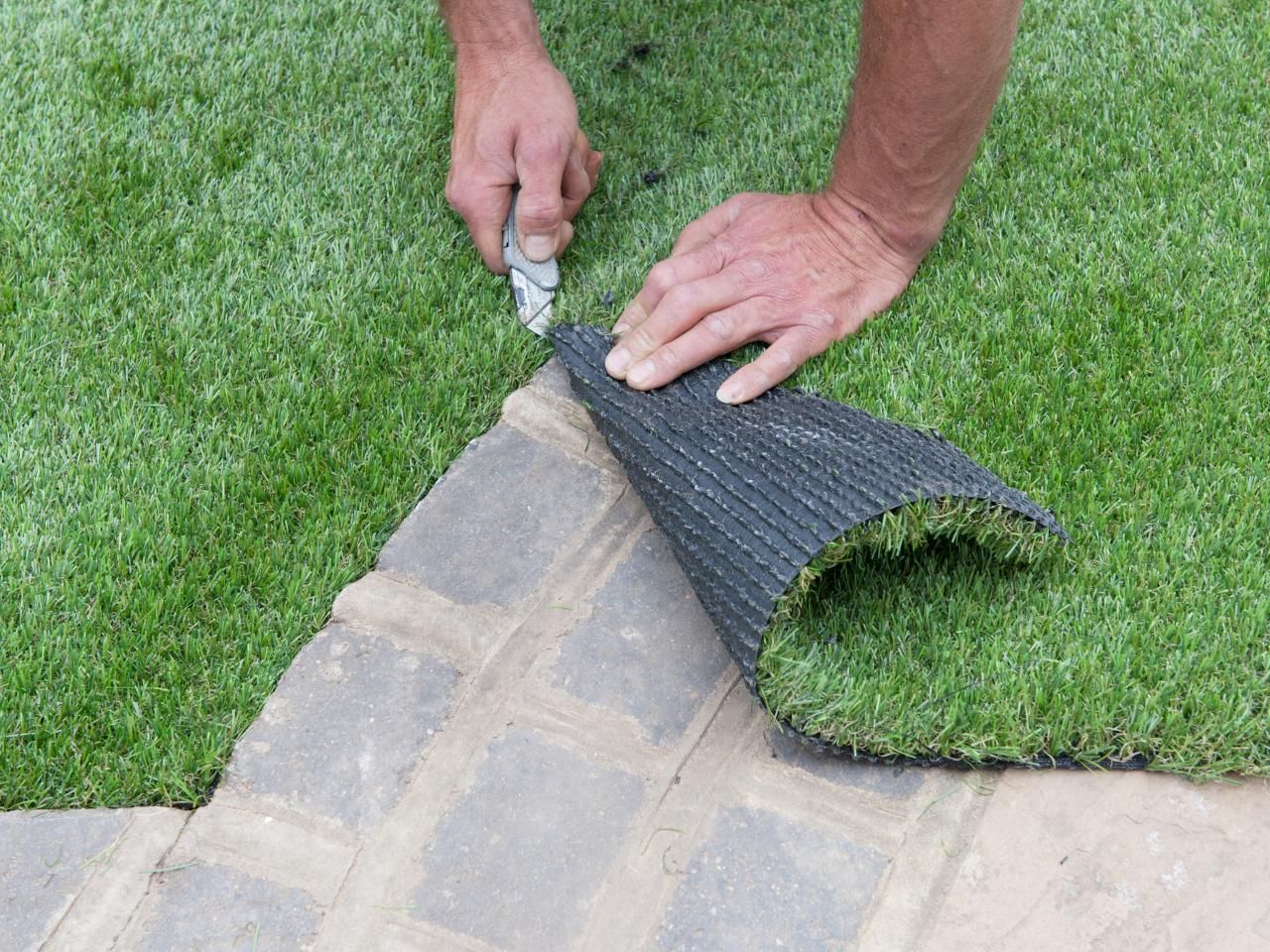
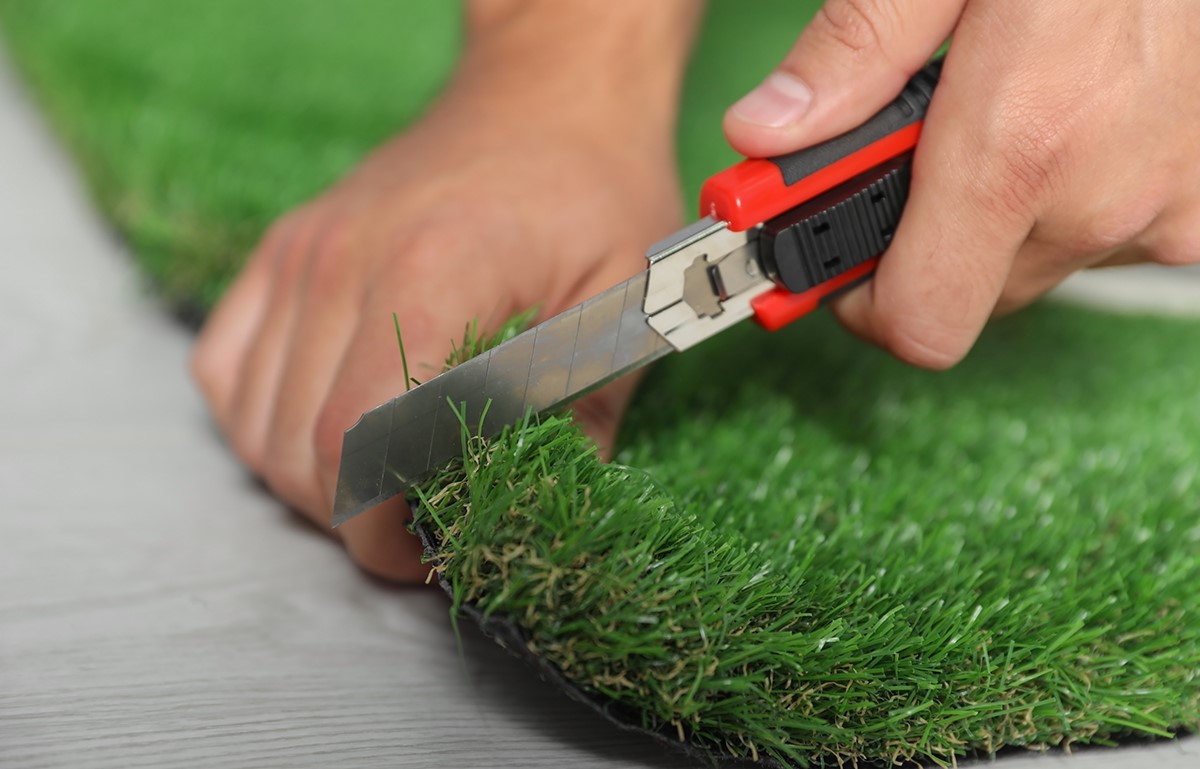
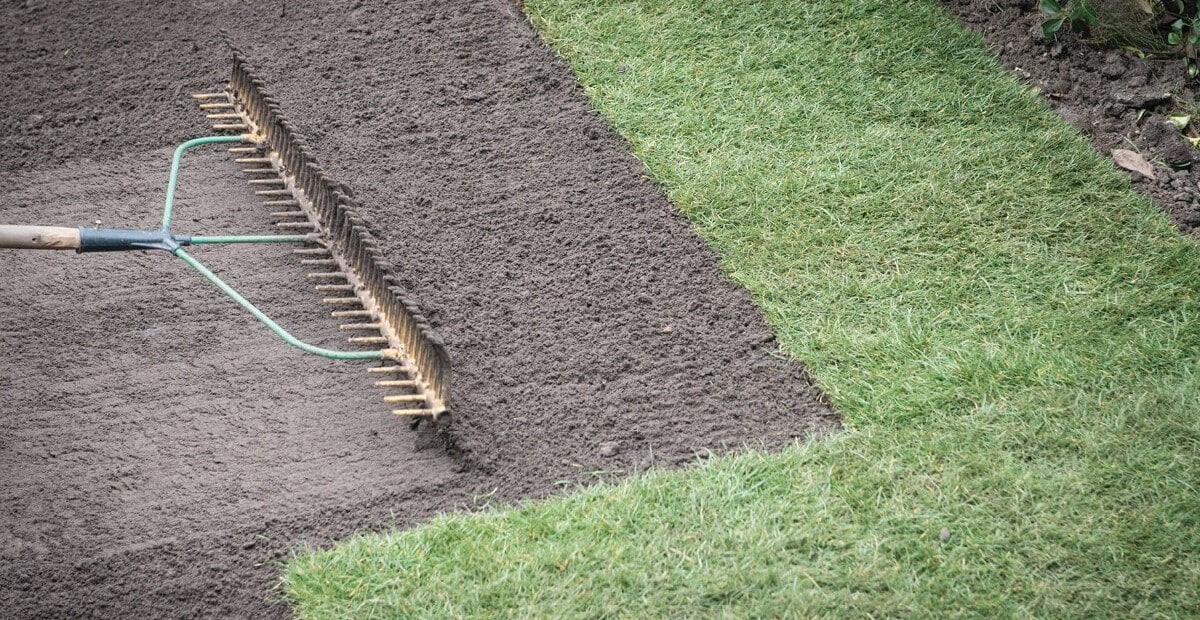
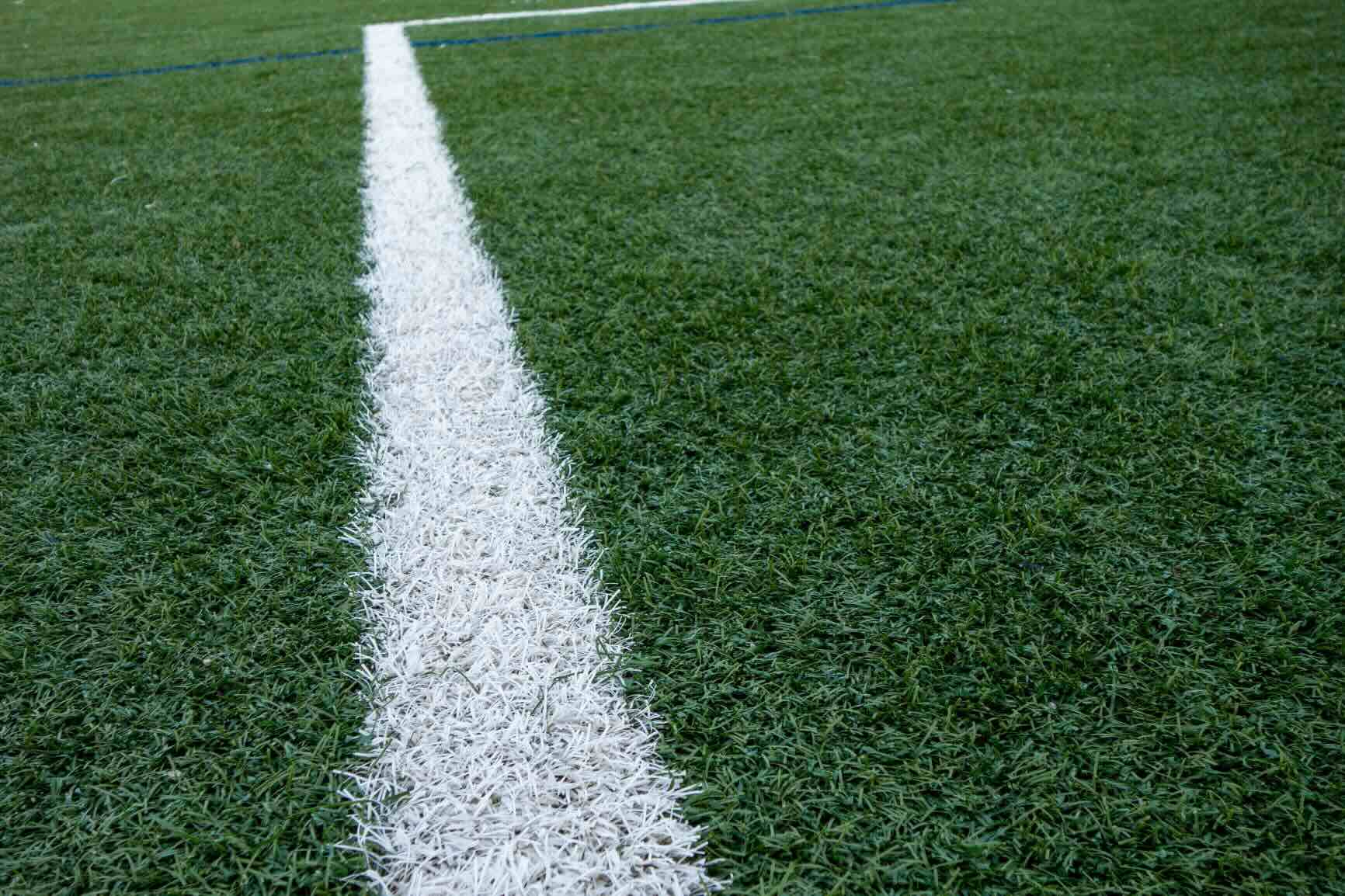
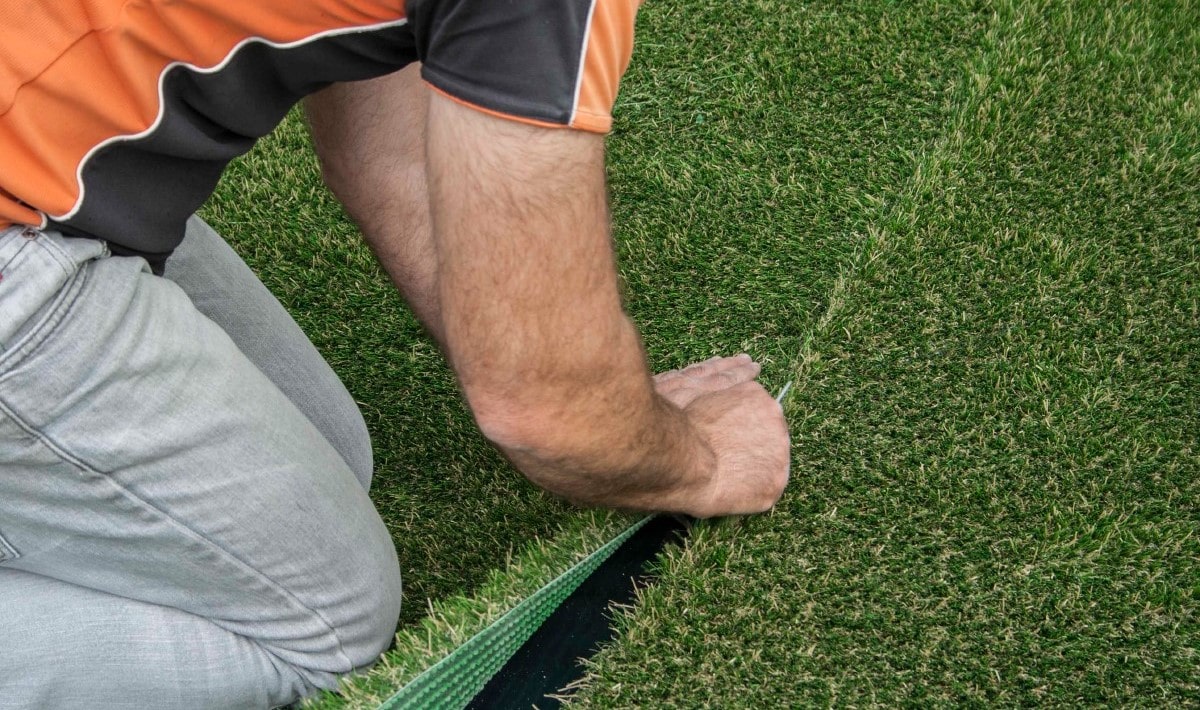
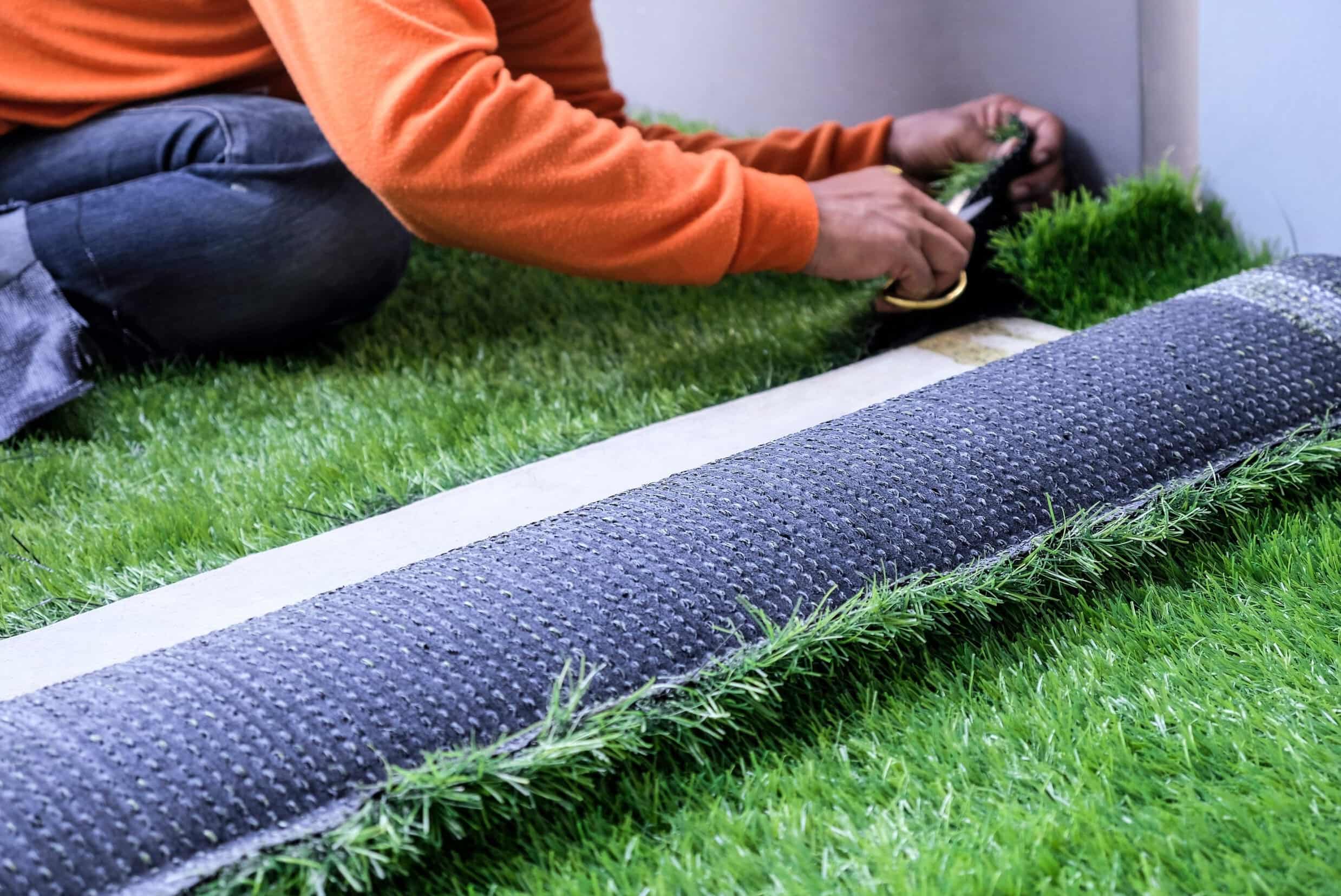
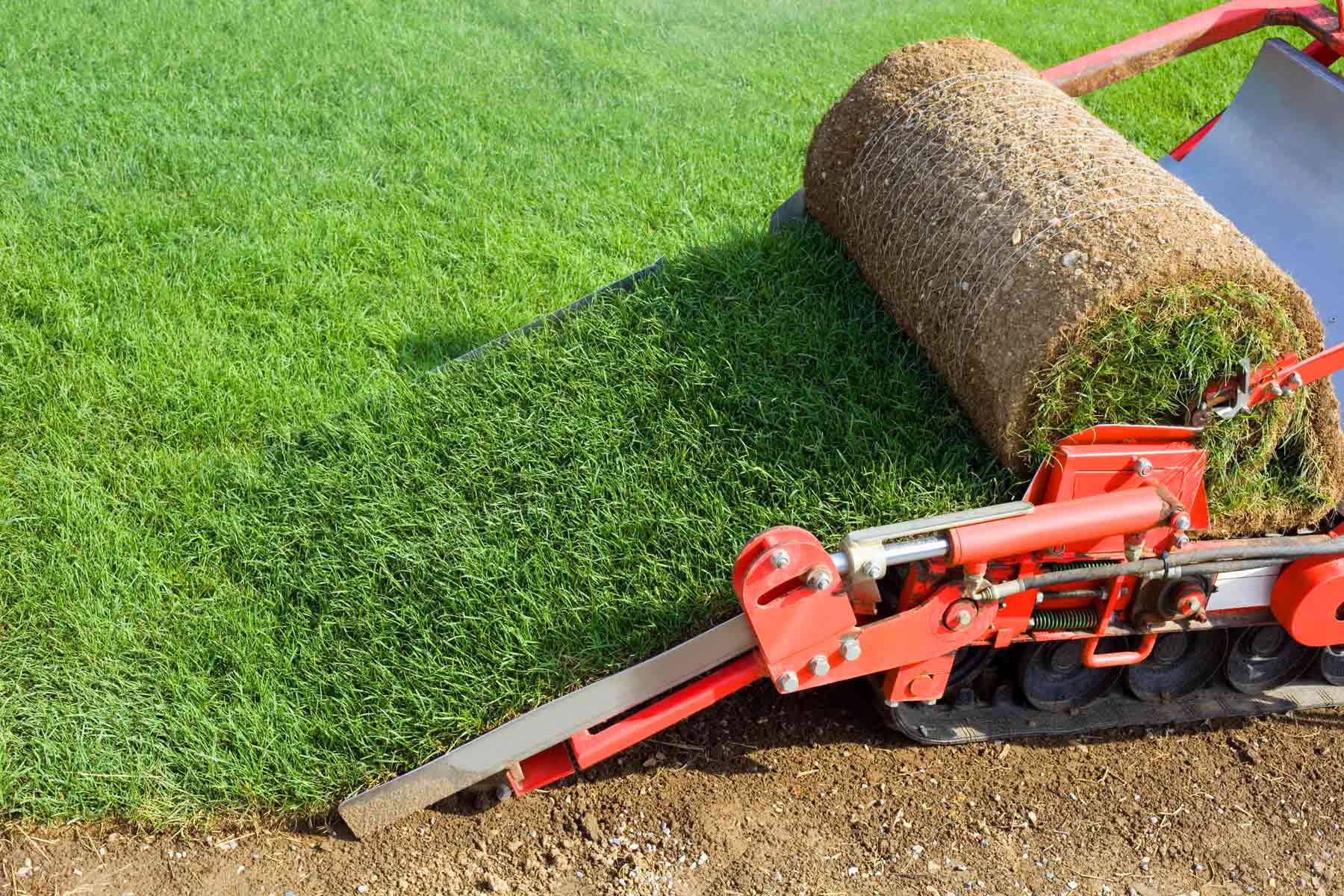
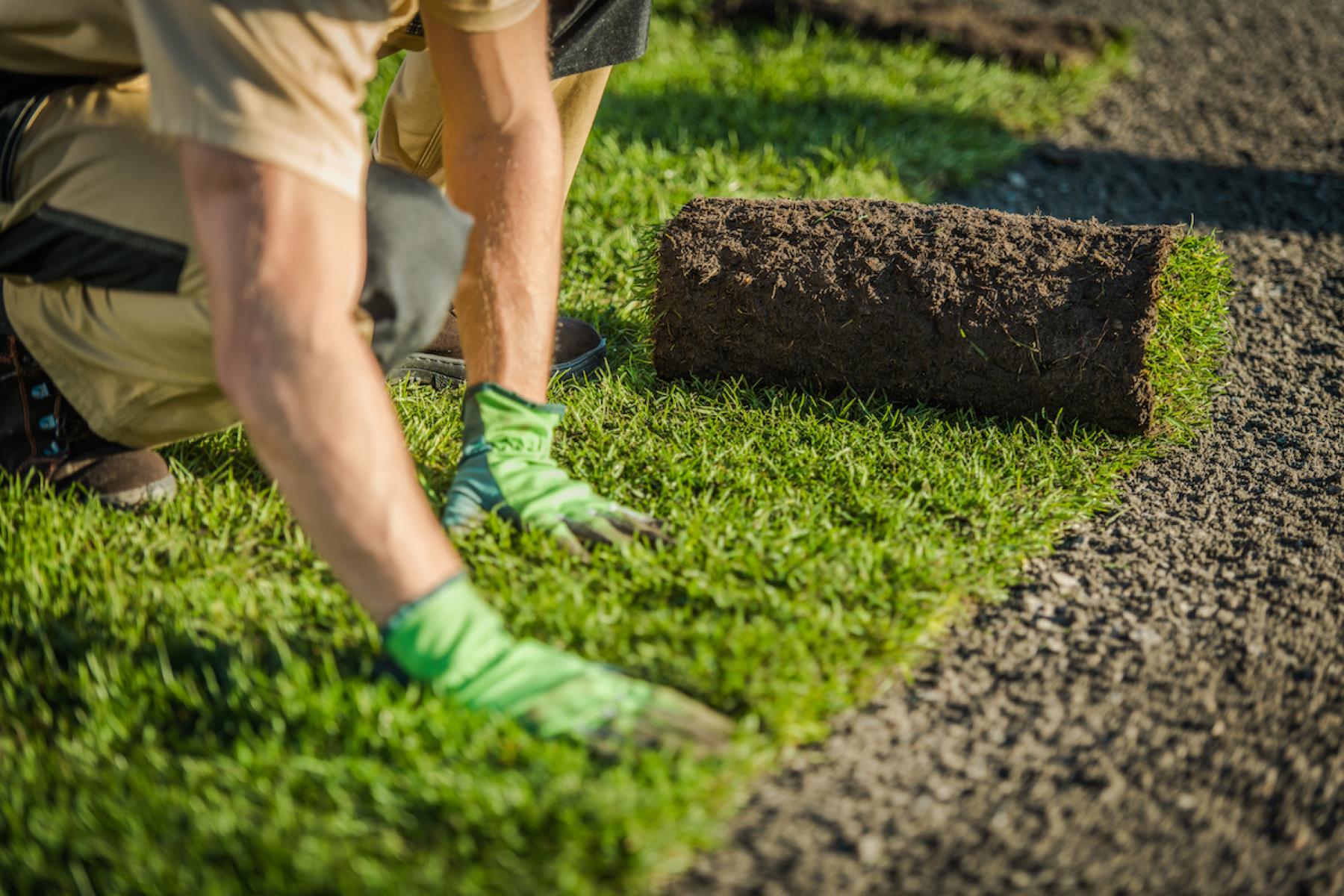
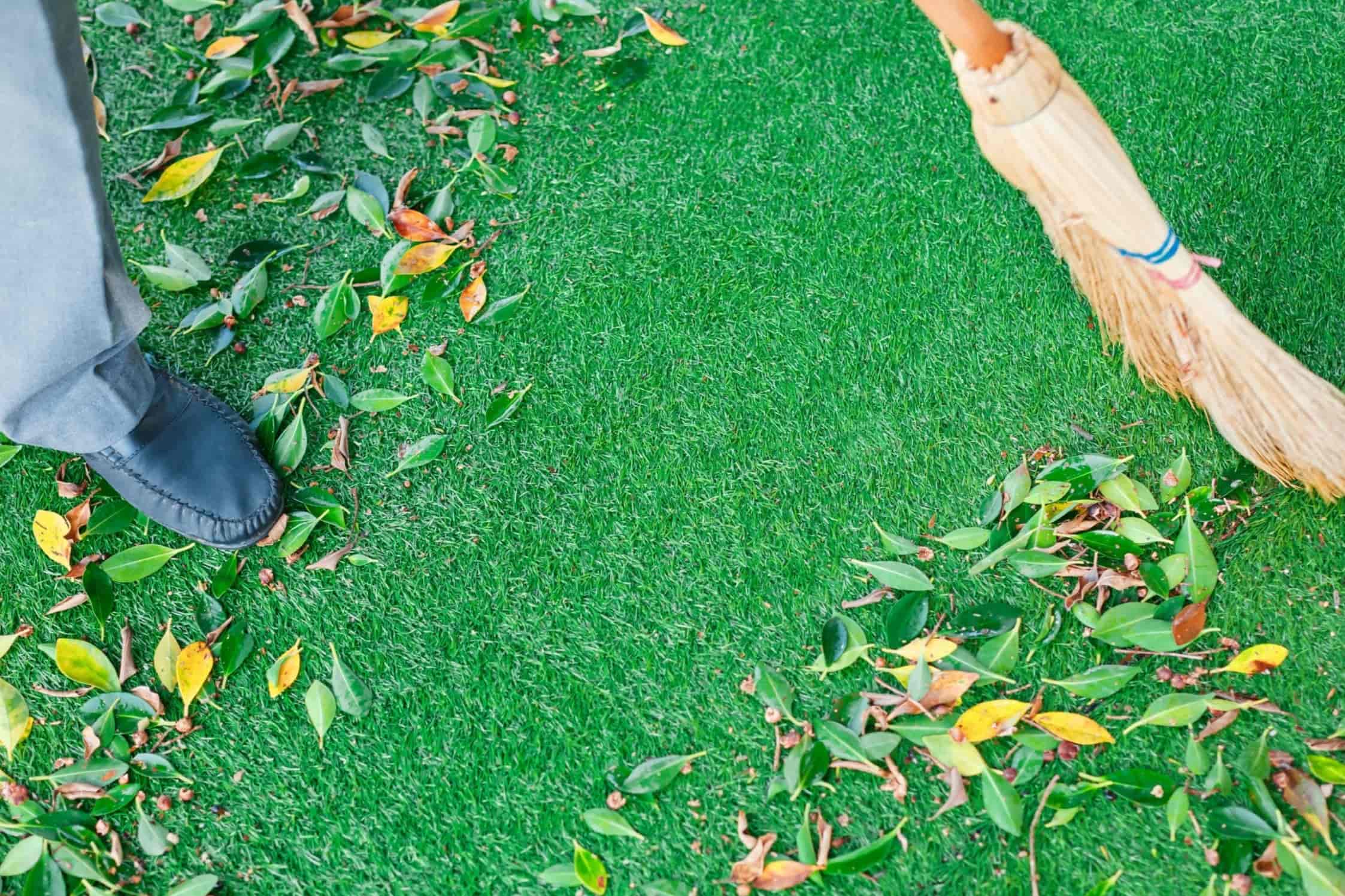

0 thoughts on “How To Clean Turf Grass”